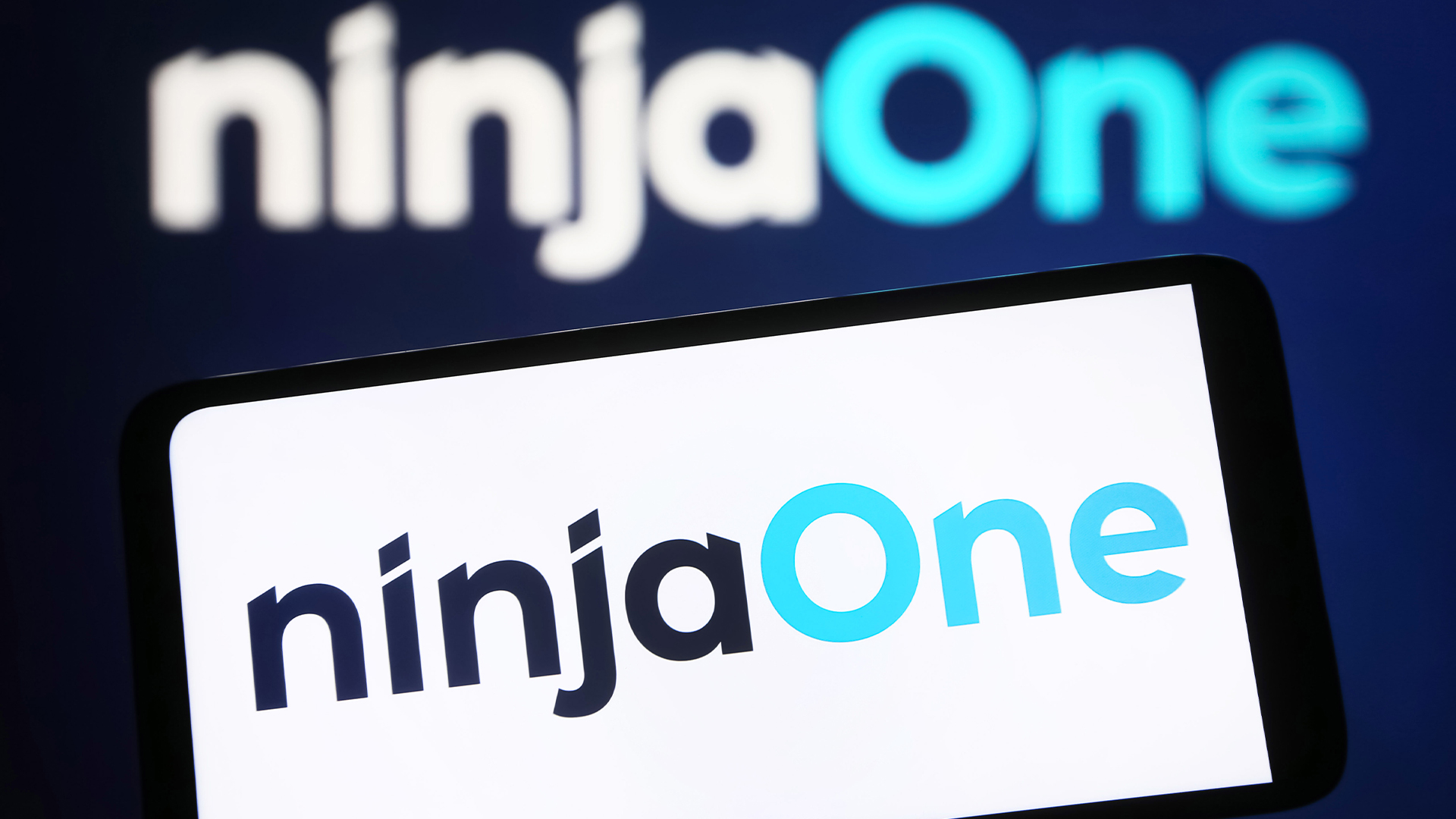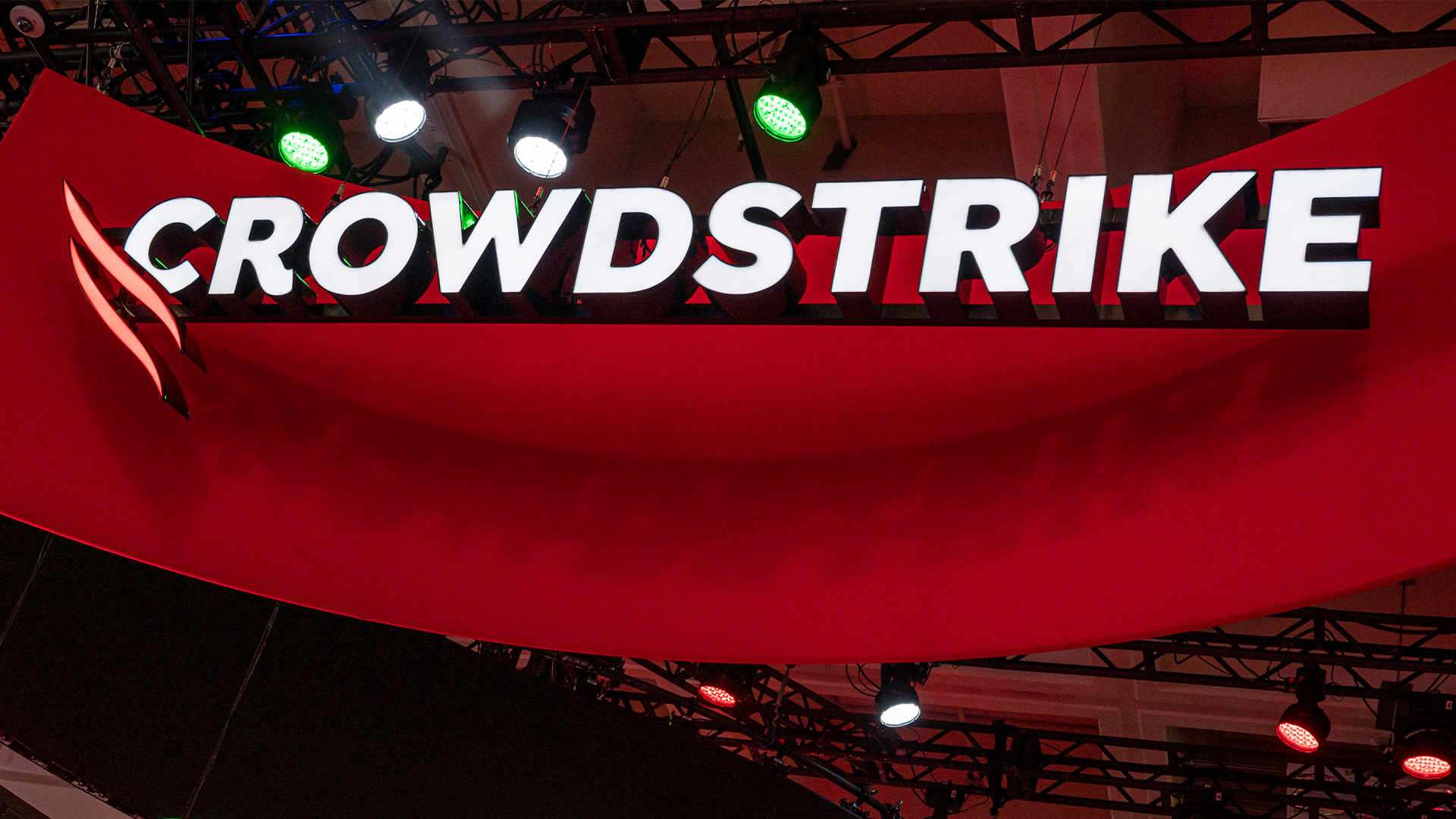The channel is helping to bake in endpoint security
With endpoints expanding, how can the channel approach security with integrated technologies that protect every device?


Security has transformed as enterprises have become more flexible organizations with widely dispersed workforces, with this shift demanding a new approach to endpoint security for channel suppliers.
There’s an effort to integrate robust cyber security into a plethora of digital devices typically used across a company's processes and workers. Workers migrating to their homes and other remote sites has shifted the debate towards integrated approaches that include a core hardware component.
Industry Insight

A more holistic approach is needed to make sure comprehensive security is available for every digital device, says IDC in a report assessing the security landscape, in partnership with HP. It highlights hardware-based “root-of-trust” technologies that can bake security in below the level of the operating system, in particular.
Ransomware, phishing, malware, and compromised email systems are all clear and present dangers for enterprises and their digital devices in use. With multi-channel attacks also becoming more common, VARs and MSPs are pivoting to incorporating a hardware-based approach into cyber security defences.
"Customers are increasingly looking to purchase services rather than just devices, and channel partners can offer those who have concerns about hybrid workers’ security add-ons like remote management capabilities for desktop as a service (DaaS) models,” Dr Ian Pratt, HP’s global head of security for personal systems tells ITPro. “Services like these, which add an extra layer of protection at the endpoint for their customers, are a great opportunity to generate a recurring revenue stream for the Managed Service Provider.”
An end-to-end approach to digital security is a clear trend in the channel marketplace. Enterprises are looking to reduce their tech stack to reduce costs and improve efficiency, and enhance digital security in a landscape business owners see as increasingly risky to their operations.
Built-in endpoint security
One attack vector that’s continued to expand is firmware updates, with examples including LoJax and MosaicRegressor. Hardware used by dispersed workforces has been under sustained attack for several years, and having firmware authentication built into the hardware is a robust response to this level of cyber attack. Channel suppliers are increasingly seeing demand for this kind of integrated security as businesses look to create a more robust and flexible cyber security envelope.
Stay up to date with the latest Channel industry news and analysis with our twice-weekly newsletter
Increasing the availability of devices with built-in endpoint security for channel suppliers is a differentiator in the marketplace. Businesses have always bought best-of-breed, and when their security needs are considered, the choice available is expanding. VARs are progressively being asked to simplify the procurement of devices and, with these purchases, also support more comprehensive security. VARs' relationship with vendors lets them influence how security hardware architectures should advance to meet the defensive needs of their clients.
Built-in endpoint security including HP’s Wolf Security for Business, as well as Intel’s Boot Guard and Hardware Shield protect devices by defending the BIOS. Vendors are also embracing artificial intelligence (AI), with notebook PCs from Lenovo and Asus embedding this technology to deliver built-in security that VARs can offer to businesses seeking to boost cyber security through hardware procurement.
“Advanced security tooling can work alongside network security and user authentication to protect endpoint devices by increasing visibility, prevent tampering, or malware infections utilising machine learning techniques to move beyond signature-based protection,” says Rick Hemsley, UK&I government and public sector cyber security lead, EY. “This combined approach will enhance the overall security posture of the business and provide greater protection against evolving threats.”
The channel’s role in safeguarding enterprises
Nearly a third (29%) of businesses attribute a data breach in hardware to an external attack, according to Forrester. For many companies protecting their remote workers have become a priority. Deploying VPNs, for example, has formed the basis of secure remote network connectivity. However, as threat actors have become more sophisticated, and workers now use multiple devices in several locations, a hardware approach to digital security is expanding to become the foundation onto which all other defenses are built.
“Hardware-based security offers better protection from manipulation and interference than its software-based counterpart because it’s more difficult to alter or attack the physical device or data entry points,” says Michela Menting, digital security research director at technology research firm ABI Research.
In addition, Chris Vaughan, VP, technical account manager, Tanium, also points out that enhanced hardware security doesn't add more complexity for users: "The good news is that while it takes a lot of work to hack hardware security devices, it doesn’t require reskilling on the employees’ part to take advantage of the added security.”
Moving forward, the channel will play a vital role in ensuring their customers have the latest hardware that defends their businesses from the expanding threat landscape enterprises see expanding.
“Consider the threat landscape, security requirements, scalability, integration, performance impact, ease of deployment and management, vendor reputation and support, TCO, future-proofing and training,” says Nathan Charles, head of customer experience at cyber security specialist OryxAlign.
“Choose a hardware-based endpoint security solution that aligns with your needs, protects endpoints, and integrates well with existing infrastructure, all while being cost-effective and providing reliable support.”
For business leaders looking to enhance their digital security at the time of new hardware purchases, the built-in endpoint security options now available across channel providers are expanding.
The accepted approach to creating robust cyber security has been to protect devices with security software that runs above the operating system, with that layer increasingly vulnerable. Channel partners are now critical to create the zero-trust security all enterprises need. This level of protection must begin at the hardware level to ensure comprehensive defenses are always operational.
David Howell is a freelance writer, journalist, broadcaster and content creator helping enterprises communicate.
Focussing on business and technology, he has a particular interest in how enterprises are using technology to connect with their customers using AI, VR and mobile innovation.
His work over the past 30 years has appeared in the national press and a diverse range of business and technology publications. You can follow David on LinkedIn.
-
 Trump's AI executive order could leave US in a 'regulatory vacuum'
Trump's AI executive order could leave US in a 'regulatory vacuum'News Citing a "patchwork of 50 different regulatory regimes" and "ideological bias", President Trump wants rules to be set at a federal level
-
 TPUs: Google's home advantage
TPUs: Google's home advantageITPro Podcast How does TPU v7 stack up against Nvidia's latest chips – and can Google scale AI using only its own supply?
-
 NinjaOne expands availability on CrowdStrike Marketplace
NinjaOne expands availability on CrowdStrike MarketplaceNews CrowdStrike Falcon customers now have simplified access to NinjaOne’s automated endpoint management capabilities
-
 Blackpoint Cyber and NinjaOne partner to bolster MSP cybersecurity
Blackpoint Cyber and NinjaOne partner to bolster MSP cybersecurityNews The collaboration combines Blackpoint Cyber’s MDR expertise with NinjaOne’s automated endpoint management platform
-
 LevelBlue and Akamai are teaming up to launch a managed web application and API protection service
LevelBlue and Akamai are teaming up to launch a managed web application and API protection serviceNews The new Managed WAAP offering aims to help organizations secure their rapidly expanding web app and API ecosystems
-
 SonicWall launches new firewalls as part of Generation 8 refresh
SonicWall launches new firewalls as part of Generation 8 refreshNews The vendor’s latest update includes unified management and integrated ZTNA, backed by embedded warranty and co-managed services
-
 Okta and Palo Alto Networks are teaming up to ‘fight AI with AI’
Okta and Palo Alto Networks are teaming up to ‘fight AI with AI’News The expanded partnership aims to help shore up identity security as attackers increasingly target user credentials
-
 MSPs emerge as key security partners for mid-market enterprises
MSPs emerge as key security partners for mid-market enterprisesNews The MSP Customer Insight Report reveals 85% of mid-sized organizations now rely on MSPs for security support
-
 Pressure mounts on MSPs as enterprises flock to managed cybersecurity services
Pressure mounts on MSPs as enterprises flock to managed cybersecurity servicesNews Expected to handle security for clients as well as themselves, MSPs feel they're battling on the front line
-
 CrowdStrike announces integration with Nvidia Enterprise AI Factory
CrowdStrike announces integration with Nvidia Enterprise AI FactoryNews Organizations can now leverage CrowdStrike protection within Nvidia Enterprise AI Factory deployments
